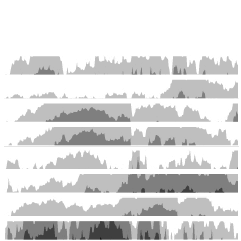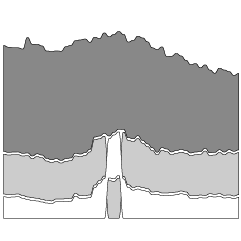States are reopening. Some seem ready, and some less so. Lena V. Groeger and Ash Ngu for ProPublica made a reference so that you can quickly see how your state is doing in five important metrics:
To give people context on state reopenings, and what happens afterward, we are tracking metrics derived from a set of guidelines published by the White House for states to achieve before loosening restrictions. Even if these criteria are met, without a vaccine, reopening may cause an increase in cases. What’s more, some states may meet all of the criteria and still have a high infection rate.
There’s a national overview, as shown above, and then it quickly goes to the individual states.
Check out Groeger’s thread for some process.

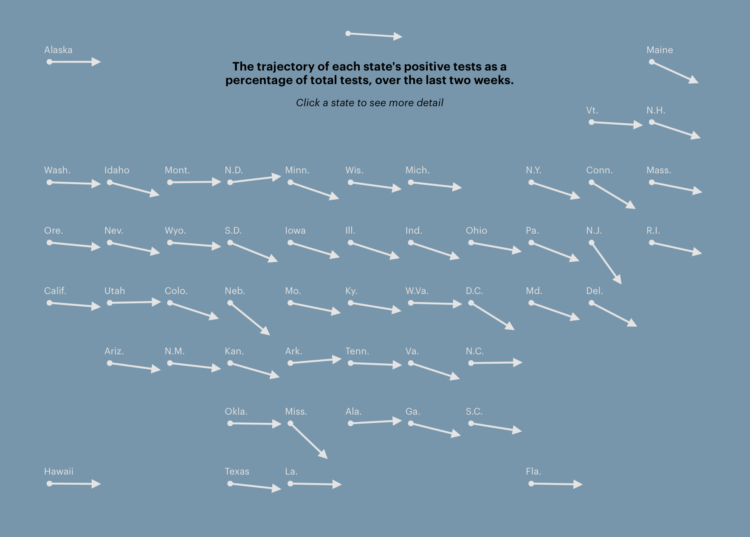

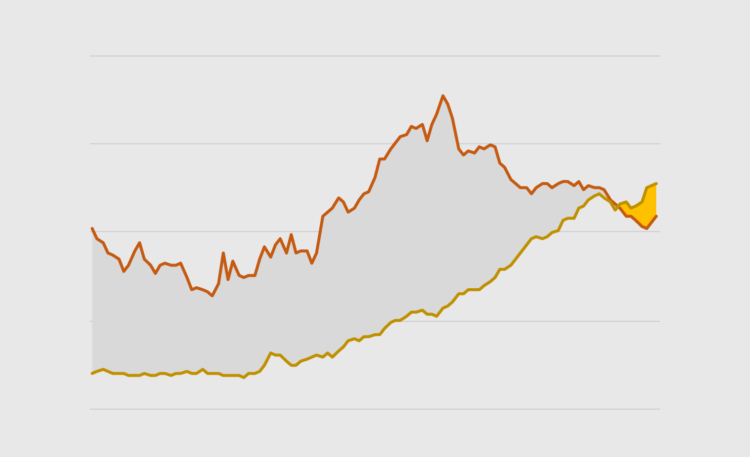

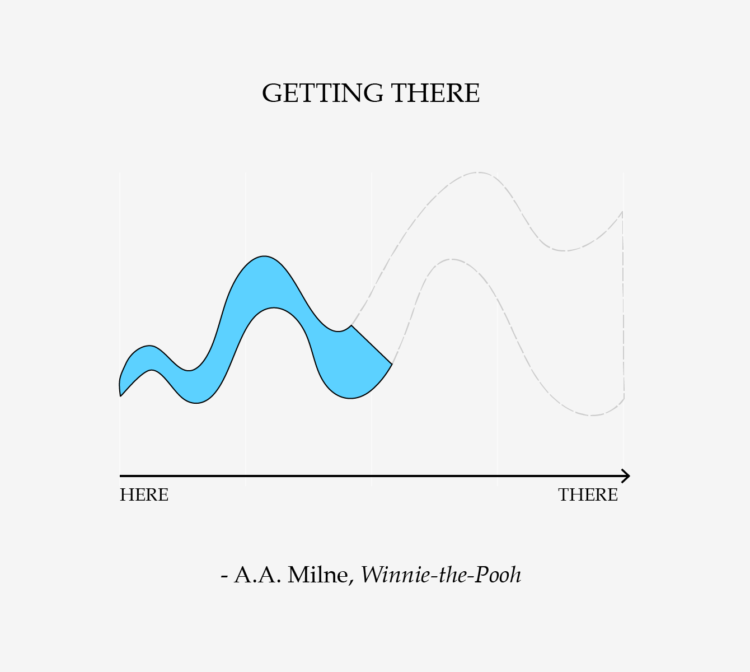
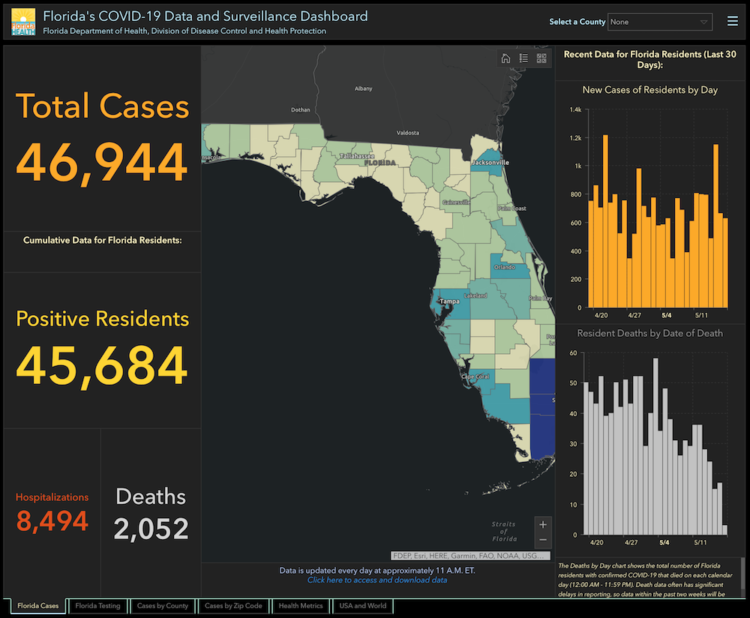
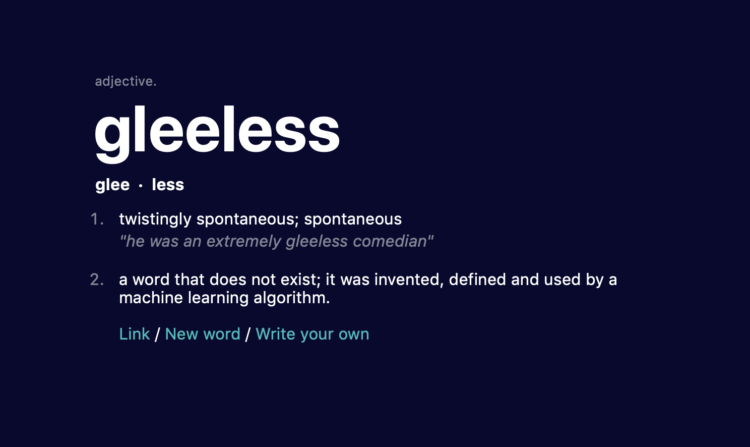
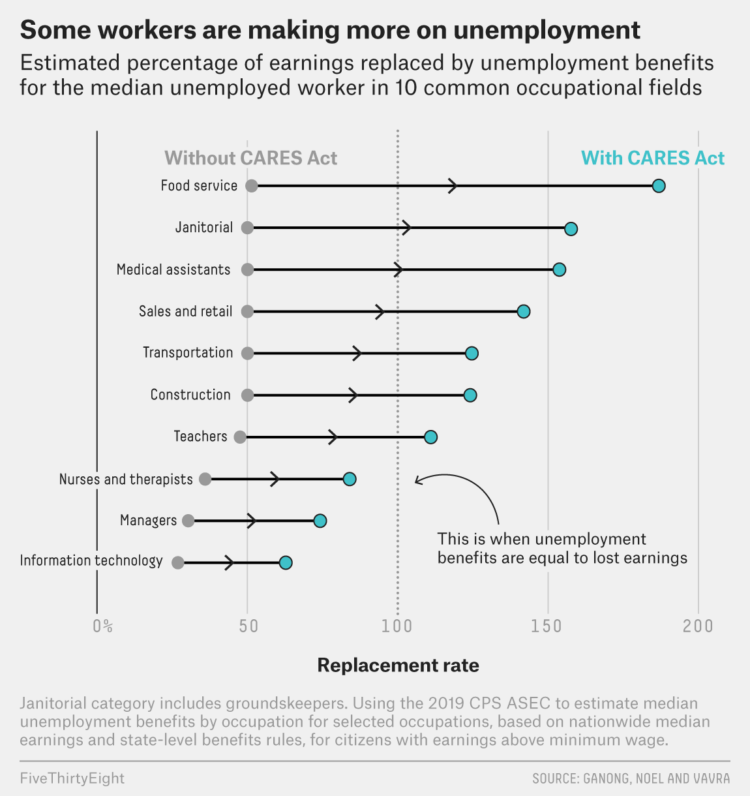
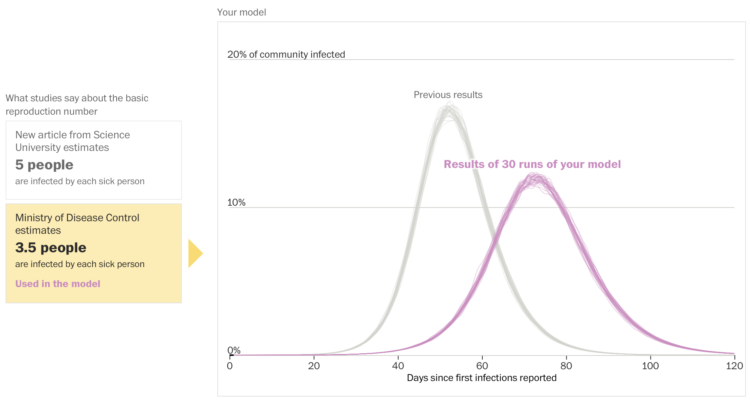
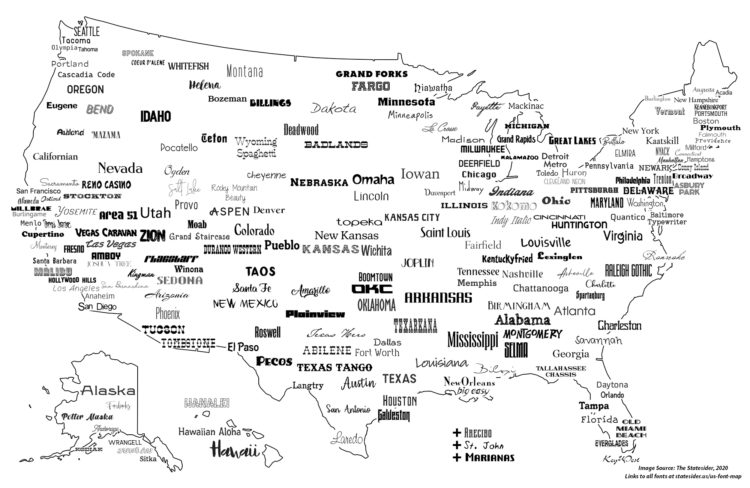

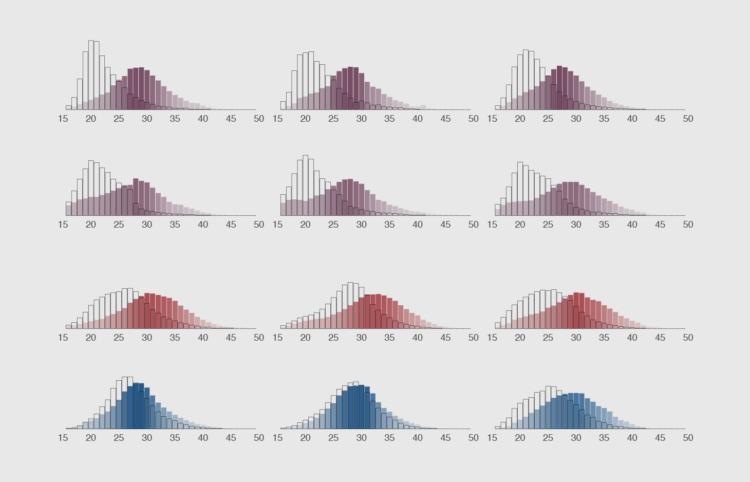
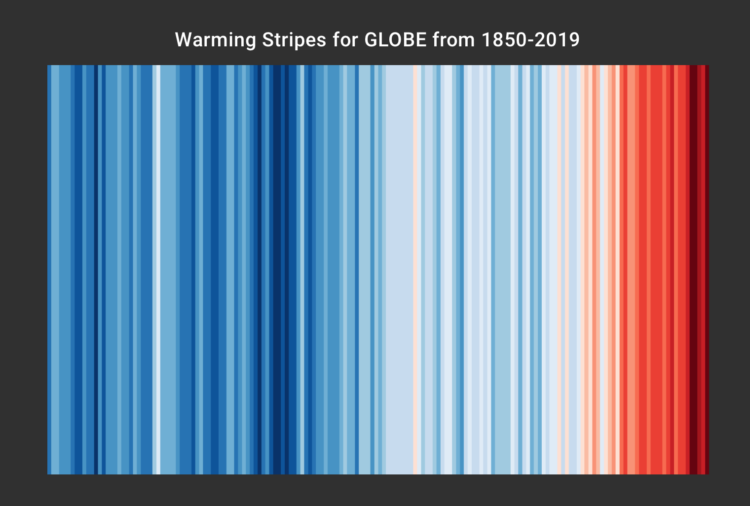

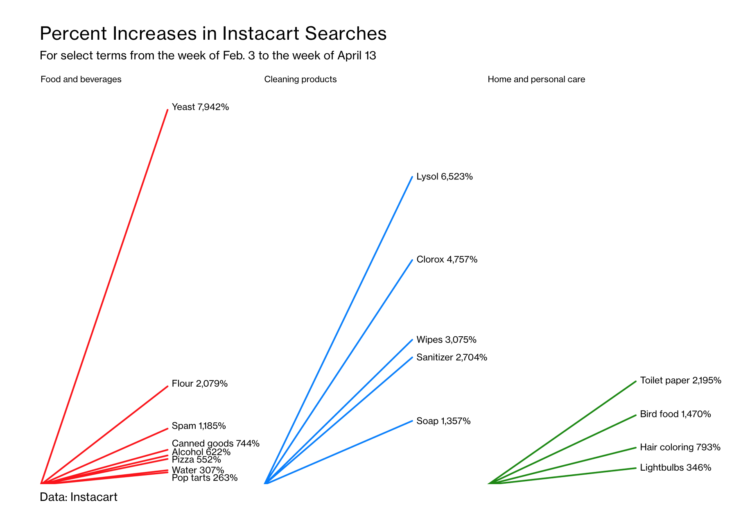

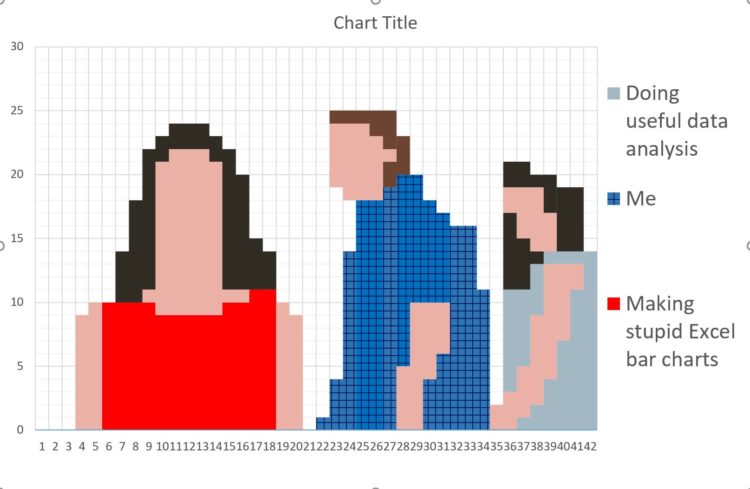

 Visualize This: The FlowingData Guide to Design, Visualization, and Statistics (2nd Edition)
Visualize This: The FlowingData Guide to Design, Visualization, and Statistics (2nd Edition)

